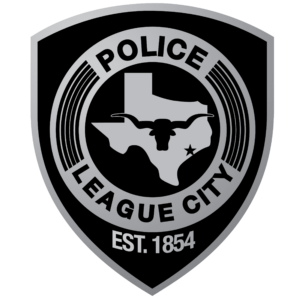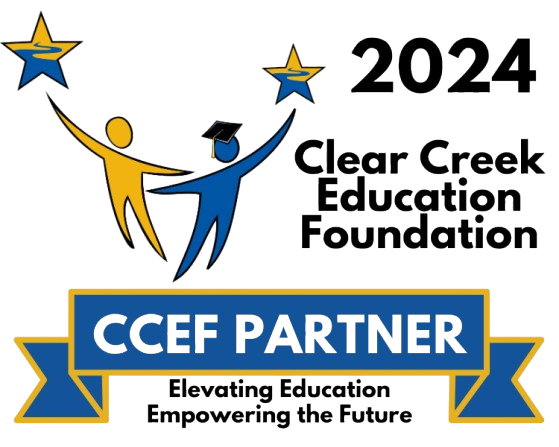
Anaphylactic Shock is a Serious Medical Condition
An anaphylactic reaction or anaphylactic shock is an acute allergic response to an allergen. The histamine released during an anaphylactic reaction causes blood vessels in the body to tighten, which can lead to difficulty breathing, a sense of impending doom, and even death. It is important for people with allergies or asthma who are at risk for an anaphylactic attack to be aware of their triggers, so they can take swift action when needed. An anaphylactic response can be caused by an insect bite or sting, foods like peanuts or shellfish, medications such as penicillin or ibuprofen, latex gloves and other types of rubber products.
Symptoms of Anaphylactic Shock
When an anaphylactic reaction occurs, it can cause a number of symptoms. The earliest signs of an allergic reaction usually appear within 15 minutes of coming into contact with the allergen. They may begin mildly, such as a runny nose or a nagging sensation. However, things can quickly deteriorate. These can vary depending on the person, but some common symptoms include hives or welts all over the body, swelling of the face, lips, tongue and throat, difficulty breathing or speaking, chest tightness or pain, nausea, vomiting or diarrhea, and dizziness or feeling faint. People collapse, cease breathing, and lose consciousness in just a few minutes in extreme situations. (Cristol)
Causes and Risk Factors
Antibodies are produced by the immune system to protect against foreign substances. This is useful when a foreign material, such as germs or viruses, is hazardous. However, some people’s immune systems respond to substances that aren’t normally cause for concern. Although most allergy symptoms aren’t life-threatening, a severe allergic reaction can result in anaphylaxis. Even if you or your child has previously experienced only a moderate anaphylactic reaction, additional exposure to the allergy-causing material increases the chance of more severe anaphylaxis.
Food allergies, such as those to peanuts and tree nuts, fish, shellfish, wheat, soy, sesame, and milk, are the most frequent anaphylaxis triggers in children. Adult anaphylaxis triggers include certain drugs, including antibiotics, aspirin, and other over-the-counter pain treatments, as well as intravenous (IV) contrast used in several imaging studies, bee stings, yellow jacket stings, wasp stings, hornet stings, and fire ant stings and latex.
Although rare, anaphylaxis can occur as a result of cardiovascular exercises such as running or even less severe physical activity such as walking. Anaphylaxis has also been connected to eating particular meals before exercising or exercising in hot, cold, or humid circumstances in certain persons. Consult your doctor about any precautions you should take when exercising. Certain tests can assist identify the allergen if you don’t know what causes an allergic reaction. Anaphylaxis can be caused by a variety of things, and the reason for anaphylaxis isn’t always known (idiopathic anaphylaxis). (Mayo Clinic, 2021)
Prevention of Anaphylactic Shock
Prevention of anaphylactic shock is mainly through education and awareness of the condition. Ensure those around you are aware of your condition in case of an emergency. Some steps to take to help prevent an anaphylactic reaction are avoiding foods that trigger an allergic reaction, reading food labels carefully, wearing a medical alert bracelet or necklace stating your allergies and being prepared for an emergency by having your epinephrine auto-injector with you at all times. (Mayo Clinic, 2021)
Even if you’re careful, you’ll almost certainly be exposed to something you’re allergic to at some time. Fortunately, recognizing the signs and symptoms of an anaphylactic response and having a strategy in place to address those symptoms rapidly can help you respond quickly and safely to an allergy emergency.
Works Cited
Cristol, Hope. “Anaphylactic Shock: What You Should Know.” WebMD, WebMD, www.webmd.com/allergies/anaphylactic-shock-facts.
“Anaphylaxis.” Mayo Clinic, Mayo Foundation for Medical Education and Research, 2 Oct. 2021, www.mayoclinic.org/diseases-conditions/anaphylaxis/symptoms-causes/syc-20351468.
















